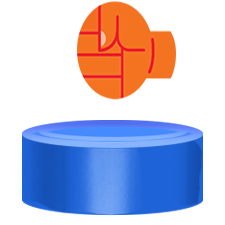安装 Steam
登录
|
语言
繁體中文(繁体中文)
日本語(日语)
한국어(韩语)
ไทย(泰语)
български(保加利亚语)
Čeština(捷克语)
Dansk(丹麦语)
Deutsch(德语)
English(英语)
Español-España(西班牙语 - 西班牙)
Español - Latinoamérica(西班牙语 - 拉丁美洲)
Ελληνικά(希腊语)
Français(法语)
Italiano(意大利语)
Bahasa Indonesia(印度尼西亚语)
Magyar(匈牙利语)
Nederlands(荷兰语)
Norsk(挪威语)
Polski(波兰语)
Português(葡萄牙语 - 葡萄牙)
Português-Brasil(葡萄牙语 - 巴西)
Română(罗马尼亚语)
Русский(俄语)
Suomi(芬兰语)
Svenska(瑞典语)
Türkçe(土耳其语)
Tiếng Việt(越南语)
Українська(乌克兰语)
报告翻译问题


























(1) Feathers are only for signals on the left side currently, though there are regular signal models on the right side.
(2) No simulated difference between standard and automatic.
On the real railway auto signals are not controlled by the signaller and have a unique white box and black line on their identity plate. They are generally used for stretches of open track.
Standard signals are manually controlled by the signaller and are used to at stations, in depots, and to protect junctions and point work.
Also, what's difference between standard signal (eg. 4A) and auto signal (eg. 4C)?
I've scripted it to only reference your files, and have your mode as a required item - but wanted to reach out and check if that was ok with you before I did anything else!